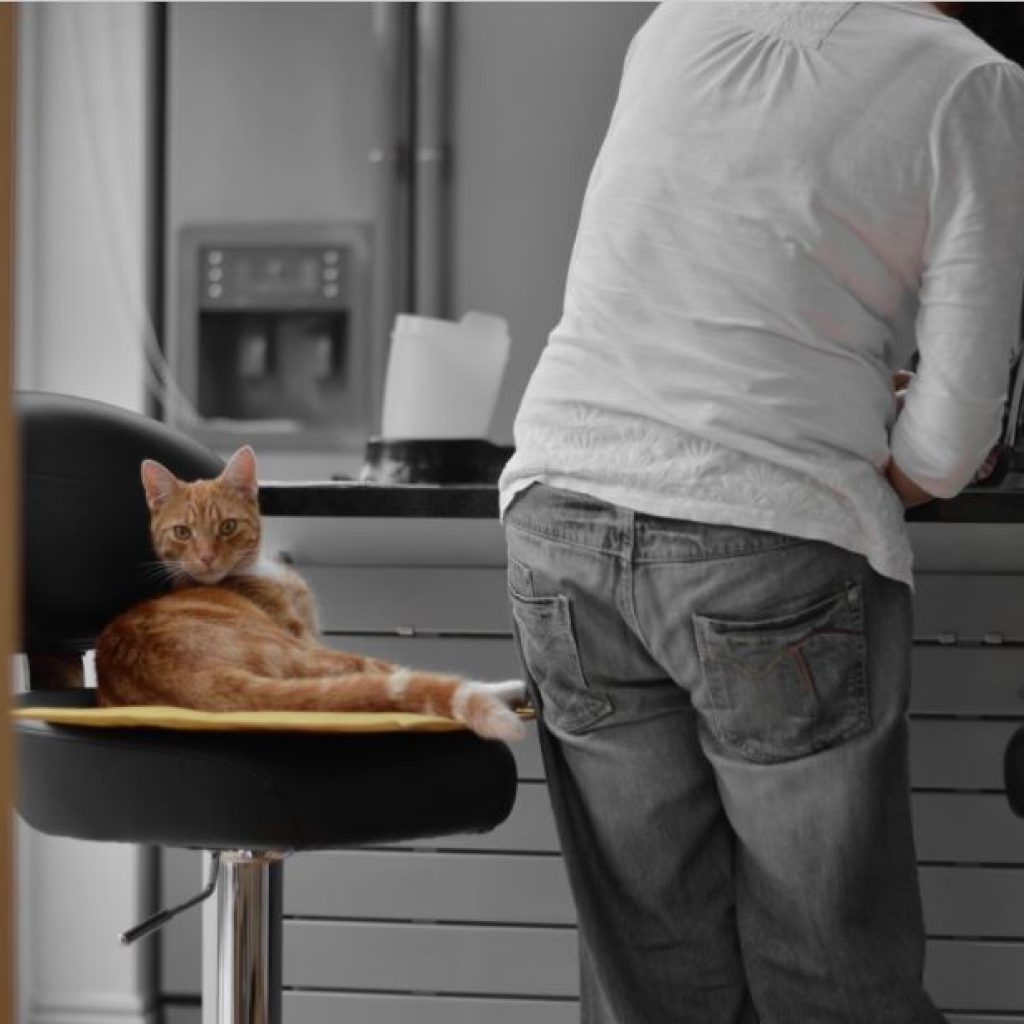
Pets bring joy to your life. That’s why it’s equally important to bring joy to theirs! Cats in particular are fairly picky eaters, which makes it tempting to feed them whatever you know they’ll eat. However, not everything that your cat is willing to eat is actually good for them. Learning to adapt to their needs is part of being a responsible pet owner. Do a little research into the proper dietary needs of your cat, starting with these four tips.
DO: Provide High-Quality Protein
Protein is a critical building block for your cat’s health. This is because protein is made up of amino acids. These contribute to development of strong tissue in your cat’s muscles, bones, and fur. Giving your cat protein-rich food is a great way to give them both energy and a shiny coat. You should talk with your veterinarian to make sure your cat is getting enough protein at every stage of their development.
DON’T: Allow Them to Eat Pests
You do need to be discerning about where your cat is getting their protein. It may be hard-wired into your cat’s DNA to chase bugs and eat mice, given their wild heritage. However, free-range catch such as rodents or other pests is unhealthy for domesticated cats. Mice and rats in particular can cause illness within your cat. These include parasites, viruses, bacteria, and worms that they’ve picked up from soil, contaminated plants, and dirty crawlspaces that they’ve been exposed to. Because of this, it’s important to realize that a domestic cat in your home, while their presence can deter pests, should not be considered rodent control solution. If you see pests in your home, contact a professional pest control service to remove them before your cat can be exposed through their hunting instincts.
DO: Adapt to Their Size and Needs
Feeding your cat is not “one size fits all.” A kitten’s dietary needs are actually quite different from a senior cat’s. A key part of feeding your kitten is weaning them from their mother’s milk. Gradually introduce them to solid food by creating a “gruel” out of dry kitten food mixed with kitten milk replacer. This is especially important if they aren’t still living with their mother, who will sometimes chew up food to make it easier for weaning kittens to eat. Adult cats also have higher metabolism, so you should consult with your veterinarian to ensure the appropriate caloric intake. If you have a senior cat, they need food that contains key nutrients to help them maintain a healthy body weight and stave off infection.
DON’T: Give Them Milk
The idea that cats need milk is unfortunately a common myth. Cats do like cream, but that’s because it’s straight from the cow and has a high fat content. In contrast, milk from the grocery store does not have as high of a fat content. It’s also important to note that cats, like most animals, stop producing the enzyme in their stomach that digests milk as they grow older. In effect, this makes them lactose intolerant. As a result, feeding your cat milk can result in bloating, malabsorption of nutrients, diarrhea, and even vomiting.
Learning the ins and outs of cat diets is all about taking good care of this wonderful member of your family. Although these tips provide useful advice, it is not a replacement for the guidance of a trained veterinarian. If you have concerns about your cat’s diet that haven’t already been addressed here, or even ones that have, consult with a professional veterinarian about how best to cater your cat’s diet to their needs.
Meghan Belnap is a freelance writer who enjoys spending time with her family. She loves being in the outdoors and exploring new opportunities whenever they arise. Meghan finds happiness in researching new topics that help to expand her horizons. You can often find her buried in a good book or out looking for an adventure. You can connect with her on Facebook right here and Twitter right here.



Comments are closed.